Check out Lobo on YOU TUBE:
•••••••••••••••••••••••••••••••••••••••••••••••••••••••••••••••
www
.youtube.com/user/travelswithlobo
**********************************************************
First Time Reader? ......here is the background to this series of blogs:
http://www.travelpod.com/travel-blog-entries/lobo/9/1233502800/tpod.html
Mexico: 23 Destinations to Spend the Winter Months
San Cristobal de Las Casas - The Excursions
Part 3 of 5
no. 19 of 23 destinations (this is not a ranking)
-----------------------------------------------------------------------------
San Juan de Chamula, Zinacanta and Larrainzar
Part 3 of 5
No visit to San Cristobal de Las Casas is complete without a taking a guided tour of the nearby towns of Chamula and Zinacanta.
I don’t know what the competition is like but the tours with “Alex and Raul” which leave every day of the week from the cathedral square are to be highly recommended. On this particular day the tour was led by Alex who could be described as personable, articulate, knowledgeable and culturally sensitive to the delicate operation of entering into the domain the Tzotzil people.
If that isn’t strong enough suffice it to say that the visit to the church in the village of Chamula – a Tzotzil Maya village – was the highlight of our trip. Ironically I did say in my last blog that I include a lot of photos in my blogs because I believe in the old adage that a “picture is worth a thousand words”
. In this blog I unfortunately cannot support the most interesting part (the visit to the church in Chamula) with photographs simply because photography is strictly forbidden.
Therefore a thousand words will have to do but therein lays the problem. I don’t believe I have enough knowledge about this profoundly cultural and religious moment to write a thousands words.
Let me backtrack for a moment to the start of the excursion. To join in all, you have to do is hang around the cathedral square between 09:00 and 9:30 looking for a group that might be going on a tour. Anyway that is how we did it. A better way would be to call 678 37 41 and make a reservation or via email: alexraultours@yahoo.com.mx. After we made contact and paid our fee of 150 pesos ($15 Can.) we were on our way in a mini-bus.
Our first destination was the village of Chamula located in lush green rolling hills just 10 kilometers from San Cristobal de Las Casas
. Our first stop on this day of drizzling rain was to a typical family home. Since we were a small group of about eight persons we were all able to crowd into a room that was dedicated to religious worship. It would be like dedicating a part of one’s house as a chapel for prayer.
This particular “chapel” was quite different from what one would expect. The first hint is the strong aromas of pine needles and incense from burning candles. Now think of it – the strong smell of pine needles and incense – that is a powerful combination. That means that the olfactory sense is already working in overdrive. The visual sense is also in overdrive because looking down at the floor it is covered with a layer of spruce needles. There is also a wall created by the erection of cut off corn plants in front of which is a red decorated table containing various religious objects. The corn plant is of greatest importance in the food chain of this culture so it is not unusual to think that it would play a part in religious observance
. Recessed into the wall of plants is a little shrine containing the most sacred religious objects. Also on the table is a goblet used to drink the famous “posh” – a sugar cane based alcoholic drink. Raul made the point that unfortunately overconsumption of “posh” is a common problem in the town particularly during festivals when everyone is expected to participate by drinking posh in every house that they visit.
It would have been priceless to have actually seen the family during its religious observances but that is a domain into which the tourist is not invited. In fact none of the family members were visible during our visit.
Raul in his calm voice and manner spends about half an hour detailing the various items and procedures that make up this sacred part, found in one shape or another, in every home in this village. The Tzotzil are a religious people and therein lays the mystery – the manner in which they mix Catholicism and ancient Mayan religious practices
.
From appearances of the village, the Tzotzil in San Juan de Chamula are not only a religious people but they are also industrious if the relatively opulent houses found in the village are any indication. Rural Mexico at times, maybe even often, can set new standards in sub-standard housing. Mud floors and tree branches bunched closely together for walls are a common scene. There is none of that here in this village. There is lots of brick, cement, nice windows etc. to make this village stand out in comparison to what we have seen elsewhere in rural Mexico. It can be said that their prosperity can also be evidenced by a lack of begging. From the way they bear themselves, I would suggest also that they are a proud people.
That feeling extends throughout the village and into the town center where a new market hall was under construction. Raul pointed out that after the recent Zapatista revolt, centered in this region, the government of Mexico is eager to throw some money in this direction
. The revolt had also resulted in some concessions, which resulted in some small measure of autonomy from the Mexican government for this corner of Chiapas.
After wandering into the impressive village square it did not take much persuasion to stop for a good cup of “American” coffee on a cool and drizzly day. It was a nice opportunity to chat with some of the other group members and Raul.
Our next destination was the white church – the church of Saint John the Baptist - located just across the village square which was lined with vendors selling their merchandise. Notably it was all done in a quiet manner with no one approaching visitors or soliciting aggressively as is the manner in Mexico. As I said in an earlier blog, the Tzotzil are a quiet reserved people that are very much enveloped in his or her own fascinating culture. In another part of the square was an assembly of women participating in a voter registration campaign that would be another indication of this interesting mix of the old and the new in this society
.
The town square was a source of fascination also simply in the observation of the people so distinct in their local costumes. The most common fabric was the heavy furry-looking black woven wool that was worn by women as skirts or as a shawl and by men as a poncho. The men usually topped that off with a straw-colored cowboy hat that made for a very smart appearance.
It was now time for the highlight of our trip – after paying our minimal admission fee to Raul – the entry into the white church located on the village square.
Before going inside, Raul solemnly had us gather around him to go over the rules of behavior to be followed in the church. Most important of all was to put away all evidence of photography and under no circumstances to show evidence of any camera or even think about taking a photo. Other than that, the advice was to act in a solemn manner keeping in mind that this was a place of worship
. That would mean to observe quietly and to stay out of the way. The old phrase of “be seen but not heard” came to mind. We were also cautioned that the floor would be scattered with burning candles and not to knock over or disturb the candles. He also advised that should it happen that we were to notify him immediately.
The olfactory senses were even more overwhelming than during the previous visit to a private house. Here there were three powerful ingredients – the smell of pine needles strewn on the floor, the burning incense and the smell of smoke. Subdued lighting, the slight blue haze of smoke, the lack of any pews or chairs, the floor covered in pine needles, the many candles burning on small patches of floor that had been cleared of pine needles, clusters of worshippers squatting on the floor, the chanting, the paintings of saints on the walls, the presence of numerous esoteric religious articles, the prayers of young and old, the consumption of posh and omnipresent Coca-Cola in the church, the old ladies with a firm grip on a squawking chicken in one hand and a knife in the other and yes, the ‘mayordomos” – the religious leaders, all contributed to the surrealistic scene which became the highlight of our trip
.
It should be noted that while several “mayordomos” were in attendance there is no sermon or even pulpit in the traditional catholic sense. There is only a presence and gentle guiding among small groups. I must state the obvious: this is what was happening during our visit. There is probably a lot more beyond that.
Yes this was the most fascinating mix of Catholic and Mayan religious beliefs practiced in this part of Chiapas. However, I must say that apart from the images of saints on the walls, I had difficulty in finding the Catholic part.
When was the last time that you went to a Catholic mass and had a religious figure sacrifice a chicken in the church by cutting off its head? This is done in the belief that this would cure some illness or problems or exorcise the evil sprits from which the petitioner is suffering.
The practitioners were all business and solemn in their demeanor
. The men in general had a hint of a menacing look about them and while the urge was there to sneak a photo, discretion was the better part of valor.
As part of Raul’s subtle and gentle way of doing things no one was rushed to leave and we easily lingered for half an hour trying to just let the scene envelop us in that realization that this was a unique maybe once in a lifetime experience.
The only “crisis” was when Barbara came over and whispered in my ear, “I knocked over a candle with my foot, should I tell Raoul?” I quickly glanced around and seeing that the pine needles on the floor were not ablaze and no one seemed to have noticed I advised against it.
Now a word about the “mayordomos” – they are the religious leaders of the community. Surprisingly they are elected and only serve - they are not paid - for one year. According to Raoul, Roman Catholic priests occasionally do perform baptisms in the church
.
Considering the reserved demeanor of the Tzotzil I am surprised that they allow tourists into the Church of Saint John the Baptist at all. The only reason that I can think of is pecuniary. Whatever the reason it is a visit not to pass up under any circumstances.
Our next stop was the town of Zinacantan, located 11 kilometers northwest of Chamula. Whatever followed the visit to the church of Saint John the Baptist would be a tough act to follow and that is how it turned out. The rest the tour was very interesting but it did not match the intensity experienced in Chamula.
Upon our arrival in Zinacantan there were actually three girls dressed in beautiful traditional dress who offered to pose for a photo for a few pesos. It was an opportunity that I could not pass up but I felt somewhat sheepish when no one else in the group decided to pony up. This was the only example of solicitation that we encountered in our visit to the two villages
.
Raul then took us to another “white” church that was similar to the church in Chamula in appearance but lacking the most important ingredient – people. My only thought was that the order of this excursion should have been changed to save the best for last.
The last turned out to be a visit to Artesanias “Ramo Textil” which was a great opportunity to observe how a Tzotzilian extended family lives and makes a living by producing beautiful textiles that are probably sold throughout the tourist destinations in Mexico.
We began the tour in the “chapel” or place of worship that seems to be in every house. In this case it only took up a corner of a room, as there were items of a non-religious nature in the room. Nevertheless it shows the devotion that the Tzotzil have to their religion, which an outsider would view as a hybrid between Catholicism and Mayan practices.
I found this part of the tour of great interest for it provided a peek into the life of a local family and I took full advantage of the opportunity to observe the details that left me with a very positive impression
.
Of note were: the profoundly rich colors of the weavings, the unexpected cleanliness worthy of a German “Hausfrau” that was in evidence everywhere, the walls of the house that were made of compacted mud, the chickens which had the run of the house and property, the beautiful examples of weavings in process, the intricate and backbreaking work that it took to produce the weavings, the labor intensive way of doing the laundry without any form of automation, the way of cooking the food over an open fire in an enclosed smoky room with only a little hole at the top to allow the smoke to escape, the best tacos I tasted in Mexico which were offered for a few pesos, the strips of meat curing over the open fire, the decorations made of maize in its three colors – black, burgundy and yellow and the calmness of the people. It all left me with a good feeling of a well-run extended family, as all the generations were part of the scene.
In conclusion I would simply have to say, “This was a day well spent”
.
We did indeed enjoy the day enough to try and replicate it on our own. This meant visiting another Tzotzilan town without a guide. At the suggestion of the tourist bureau we took a local bus to the town of Larrainzar located about 35 kilometers northwest of San Cristobal de Las Casas.
We appeared to be the only non-indigenous people in the town that made it difficult to keep a low profile.
We found the typical white church but again it was mostly empty which considerably lowered the visual impact. What was very evident in this town was the assembled groups of “mayordomos” or religious leaders who seemed to be, for lack of a better expression, “just hanging around”. Most fascinating but in no way was I tempted to pull out a camera to take a photo. Collectively they definitely have an air of mysticism about them that imparts respect and perhaps a dollop of fear just to keep the faithful and the non-faithful in line
.
Without “Raul” to take us a bit behind the scenes, our visit certainly lacked the impact of the previous day and we really felt like strangers in another world somewhat relieved to be back in San Cristobal de Las Casas.
Feedback: travelswithlobo@yahoo.com
Coming Soon: The Na Bolom Museum
San Cristobal de Las Casas - The Excursions
Sunday, January 18, 2009
 San Cristobal de las Casas, Central Mexico and Gulf Coast, Mexico
San Cristobal de las Casas, Central Mexico and Gulf Coast, Mexico
Other Entries
-
162Puerto Vallarta - The Iguana no Longer Lives Here
Jan 0414 days prior Puerto Vallarta, Mexicophoto_camera52videocam 0comment 0
Puerto Vallarta, Mexicophoto_camera52videocam 0comment 0 -
163Barra de Navidad - Wow! Did We Like This Place
Jan 0513 days prior Barra de Navidad, Mexicophoto_camera88videocam 0comment 0
Barra de Navidad, Mexicophoto_camera88videocam 0comment 0 -
164Barra de Navidad - A Beautiful Tropical Feeling
Jan 0513 days prior Barra de Navidad - A Beautiful Tropical Feeling, Mexicophoto_camera51videocam 0comment 3
Barra de Navidad - A Beautiful Tropical Feeling, Mexicophoto_camera51videocam 0comment 3 -
165Barra de Navidad - The Beach and Malecón
Jan 0513 days prior Barra de Navidad, Mexicophoto_camera58videocam 0comment 0
Barra de Navidad, Mexicophoto_camera58videocam 0comment 0 -
166Melaque - A Lesson on "Ejido Land"
Jan 0612 days prior Barra de Navidad, Mexicophoto_camera62videocam 0comment 5
Barra de Navidad, Mexicophoto_camera62videocam 0comment 5 -
167Colima - La Ciudad de las Palmeras
Jan 0612 days prior Colima, Mexicophoto_camera93videocam 0comment 0
Colima, Mexicophoto_camera93videocam 0comment 0 -
168Comala - "Pueblo Magico"
Jan 0711 days prior Comala, Mexicophoto_camera61videocam 0comment 1
Comala, Mexicophoto_camera61videocam 0comment 1 -
169Cuyutlán- Some Like it Remote and Memories of Hell
Jan 0711 days prior Cuyutlán, Mexicophoto_camera67videocam 0comment 3
Cuyutlán, Mexicophoto_camera67videocam 0comment 3 -
170Zihuatanejo - The Yang Next Door to Ixtapa
Jan 099 days prior Zihuatanejo, Mexicophoto_camera40videocam 0comment 0
Zihuatanejo, Mexicophoto_camera40videocam 0comment 0 -
171Acapulco - Still Number One?
Jan 108 days prior Acapulco, Mexicophoto_camera51videocam 0comment 1
Acapulco, Mexicophoto_camera51videocam 0comment 1 -
172Puerto Escondido - The Antithesis of a Resort Town
Jan 117 days prior Puerto Escondido, Mexicophoto_camera84videocam 0comment 5
Puerto Escondido, Mexicophoto_camera84videocam 0comment 5 -
173Huatulco - Last Destination on the Pacific Coast
Jan 126 days prior Huatulco, Mexicophoto_camera96videocam 0comment 0
Huatulco, Mexicophoto_camera96videocam 0comment 0 -
174Oaxaca - City of the Four "C"s - Coffee, Chocolate
Jan 144 days prior Oaxaca, Mexicophoto_camera239videocam 0comment 0
Oaxaca, Mexicophoto_camera239videocam 0comment 0 -
175Oaxaca - Monte Alban
Jan 162 days prior Oaxaca, Mexicophoto_camera58videocam 0comment 0
Oaxaca, Mexicophoto_camera58videocam 0comment 0 -
176Oaxaca - San Agustin Etla - "Ersatz" Provence
Jan 162 days prior Oaxaca , Mexicophoto_camera113videocam 0comment 0
Oaxaca , Mexicophoto_camera113videocam 0comment 0 -
177San Cristobal de Las Casas - The Aura
Jan 171 day prior San Cristobal de las Casas, Mexicophoto_camera83videocam 0comment 0
San Cristobal de las Casas, Mexicophoto_camera83videocam 0comment 0 -
178San Cristobal de Las Casas - Further Reflections
Jan 18earlier that day San Cristobal de las Casas, Mexicophoto_camera72videocam 0comment 0
San Cristobal de las Casas, Mexicophoto_camera72videocam 0comment 0 -
179San Cristobal de Las Casas - The Excursions
Jan 18 San Cristobal de las Casas, Mexicophoto_camera142videocam 0comment 0
San Cristobal de las Casas, Mexicophoto_camera142videocam 0comment 0 -
180San Cristobal de Las Casas - Na Bolom Museum
Jan 191 day later San Cristobal de las Casas, Mexicophoto_camera43videocam 0comment 0
San Cristobal de las Casas, Mexicophoto_camera43videocam 0comment 0 -
181San Cristobal de las Casas - The Market
Jan 202 days later San Cristobal de las Casas, Mexicophoto_camera36videocam 0comment 0
San Cristobal de las Casas, Mexicophoto_camera36videocam 0comment 0 -
182Campeche - The Cadiz of Mexico
Jan 202 days later Campeche, Mexicophoto_camera48videocam 0comment 0
Campeche, Mexicophoto_camera48videocam 0comment 0 -
183Campeche - The Malecon
Jan 202 days later Campeche , Mexicophoto_camera49videocam 0comment 0
Campeche , Mexicophoto_camera49videocam 0comment 0 -
184Campeche - Outside Centro Historico
Jan 213 days later Campeche , Mexicophoto_camera64videocam 0comment 3
Campeche , Mexicophoto_camera64videocam 0comment 3 -
185Merida - Where Were You On This Day?
Jan 235 days later Merida, Mexicophoto_camera29videocam 0comment 2
Merida, Mexicophoto_camera29videocam 0comment 2 -
186Merida - High Expectations and First Impressions
Jan 235 days later Mérida, Mexicophoto_camera95videocam 0comment 0
Mérida, Mexicophoto_camera95videocam 0comment 0 -
187Merida - The Remarkable Paseo de Montejo
Jan 246 days later Merida, Mexicophoto_camera114videocam 0comment 0
Merida, Mexicophoto_camera114videocam 0comment 0 -
188Playa del Carmen - Is This the Place For You?
Jan 257 days later Playa del Carmen, Mexicophoto_camera65videocam 0comment 0
Playa del Carmen, Mexicophoto_camera65videocam 0comment 0 -
189Playa del Carmen - the Beach
Jan 257 days later Playa del Carmen, Mexicophoto_camera56videocam 0comment 0
Playa del Carmen, Mexicophoto_camera56videocam 0comment 0 -
190Puerto Morelos - Dream Come True
Jan 279 days later Puerto Morelos, Mexicophoto_camera50videocam 0comment 0
Puerto Morelos, Mexicophoto_camera50videocam 0comment 0 -
191Tulum - Mayan Slendour in a Grand Setting
Jan 279 days later Tulum, Mexicophoto_camera99videocam 0comment 0
Tulum, Mexicophoto_camera99videocam 0comment 0 -
192Mexico: 23 Destinations - The Epilogue
Jan 18365 days later Victoria, Canadaphoto_camera2videocam 0comment 0
Victoria, Canadaphoto_camera2videocam 0comment 0 -
193After Mexico: What Now?
Jan 22369 days later Victoria, Canadaphoto_camera0videocam 0comment 0
Victoria, Canadaphoto_camera0videocam 0comment 0 -
194Why Panama?
Jan 23370 days later Victoria, Canadaphoto_camera1videocam 0comment 0
Victoria, Canadaphoto_camera1videocam 0comment 0 -
195Panama City - Getting There
Jan 23370 days laterPanamaphoto_camera122videocam 0comment 2 -
196Panama City - The Cinta Costera
Jan 24371 days later Panama City, Panamaphoto_camera47videocam 0comment 4
Panama City, Panamaphoto_camera47videocam 0comment 4 -
197Panama City - Casco Viejo - UNESCO World Hertitage
Jan 25372 days later Panama City, Panamaphoto_camera119videocam 0comment 0
Panama City, Panamaphoto_camera119videocam 0comment 0

 San Cristobal de las Casas, Central Mexico and Gulf Coast, Mexico
San Cristobal de las Casas, Central Mexico and Gulf Coast, Mexico
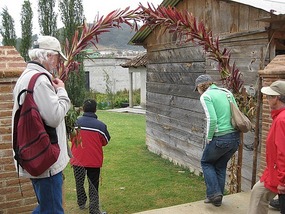
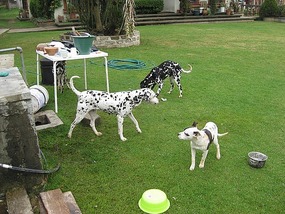

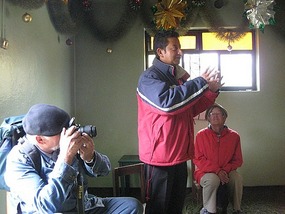

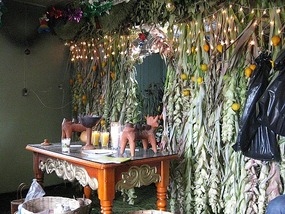

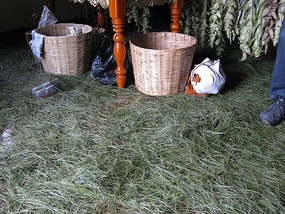
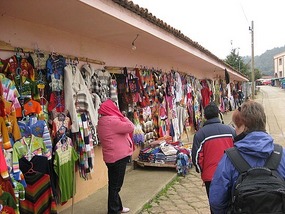
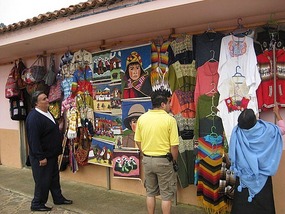
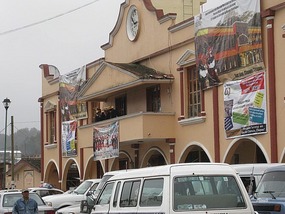
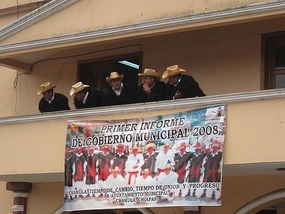
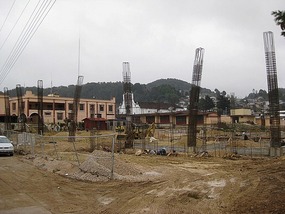
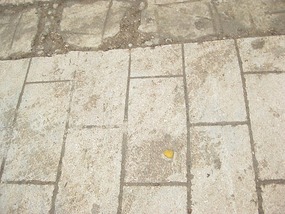



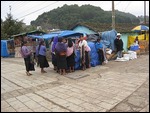
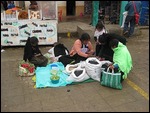
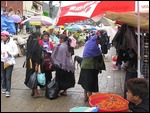
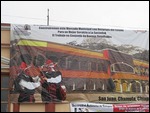
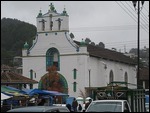
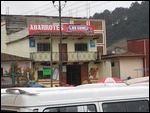
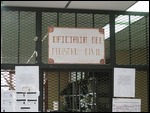
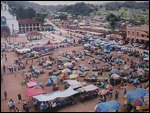
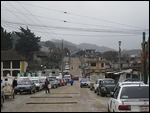
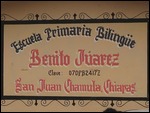
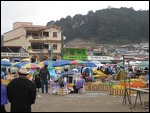
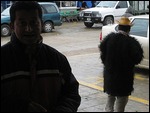
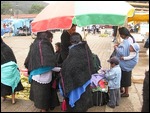
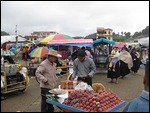
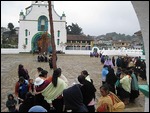
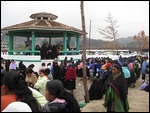
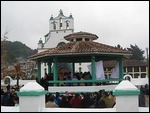
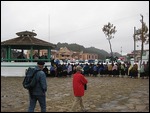
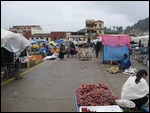
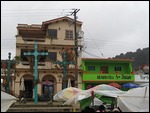
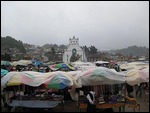
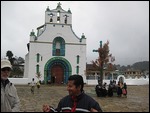
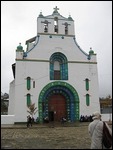
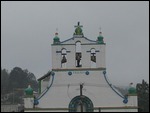
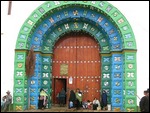
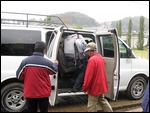
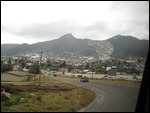
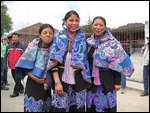
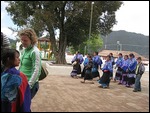
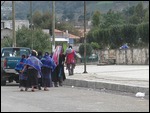
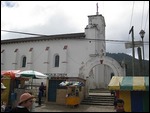

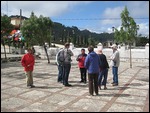

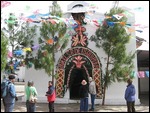
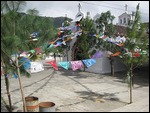
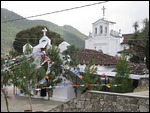
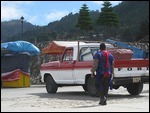
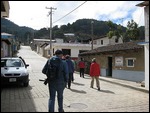
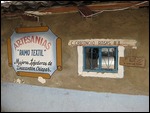
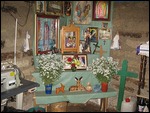

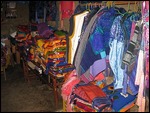
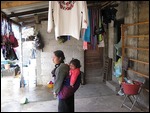

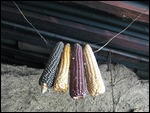
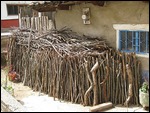
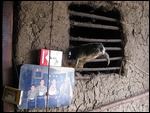
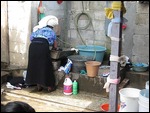
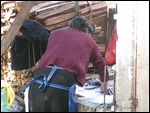
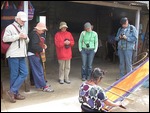
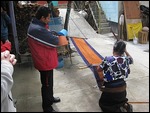
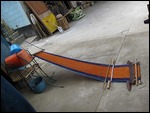
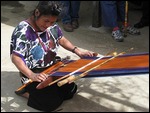
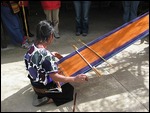
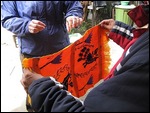
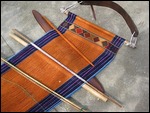
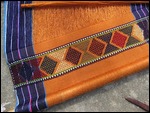
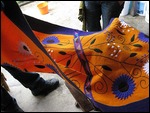
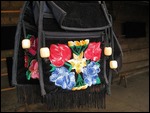
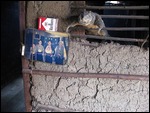
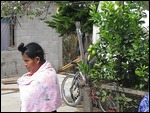
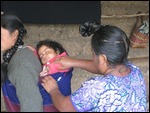

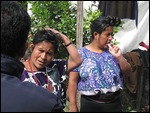
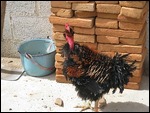
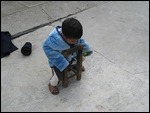
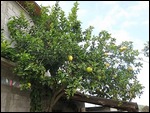
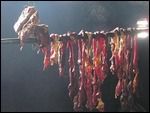

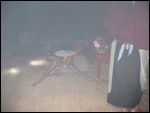
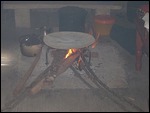
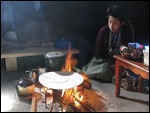
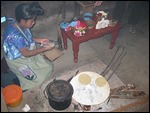
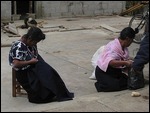
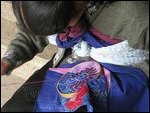
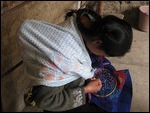
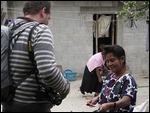
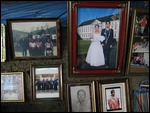
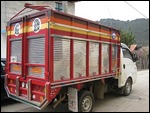

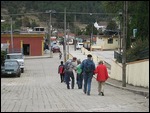
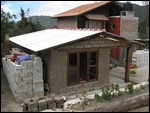
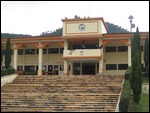
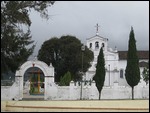











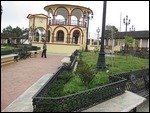

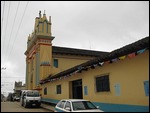





















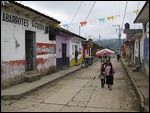

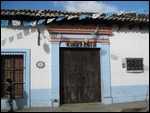
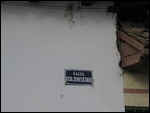
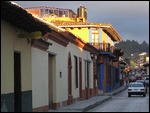
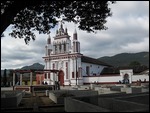
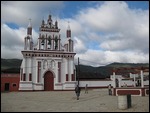
2025-05-22